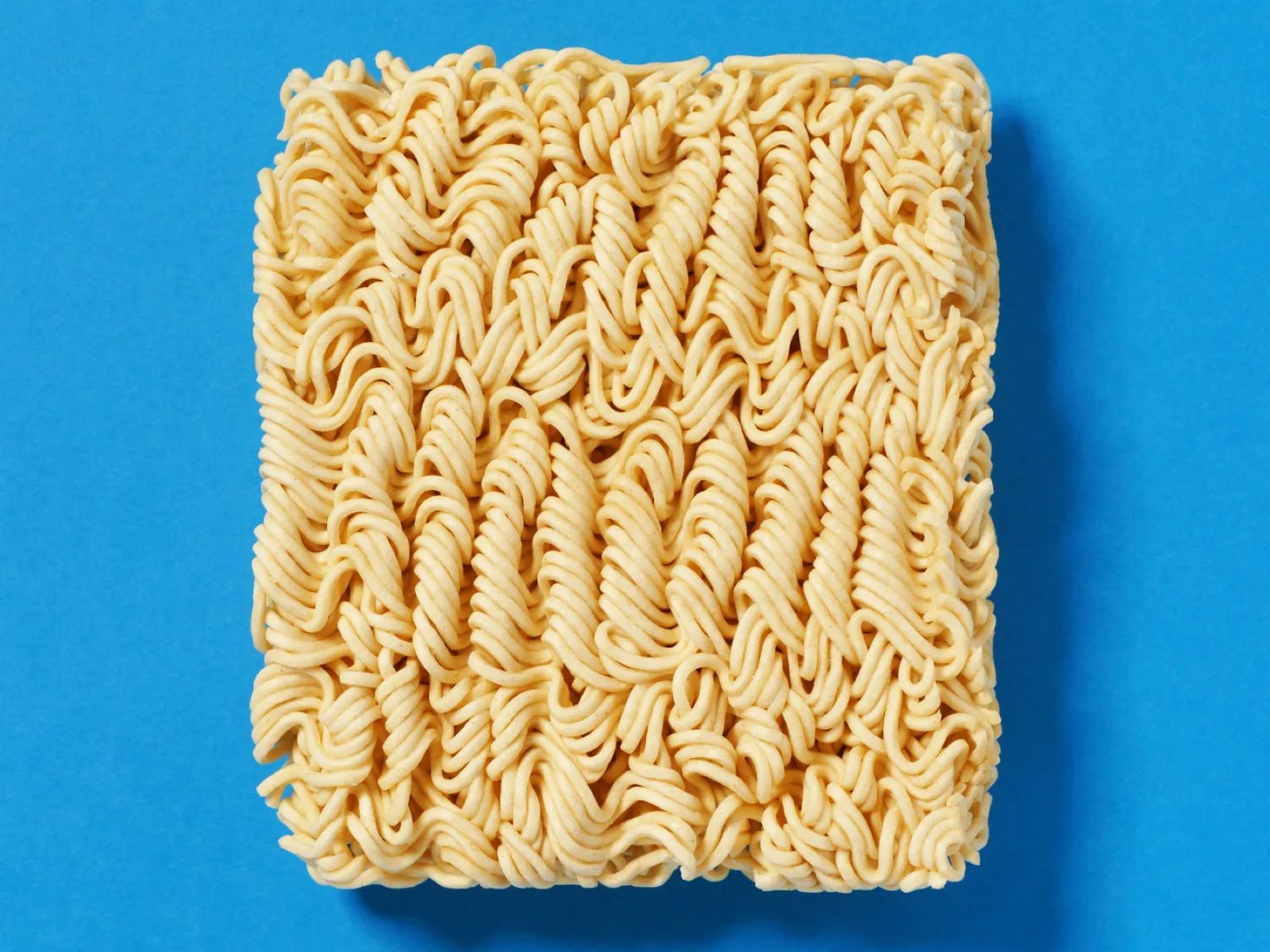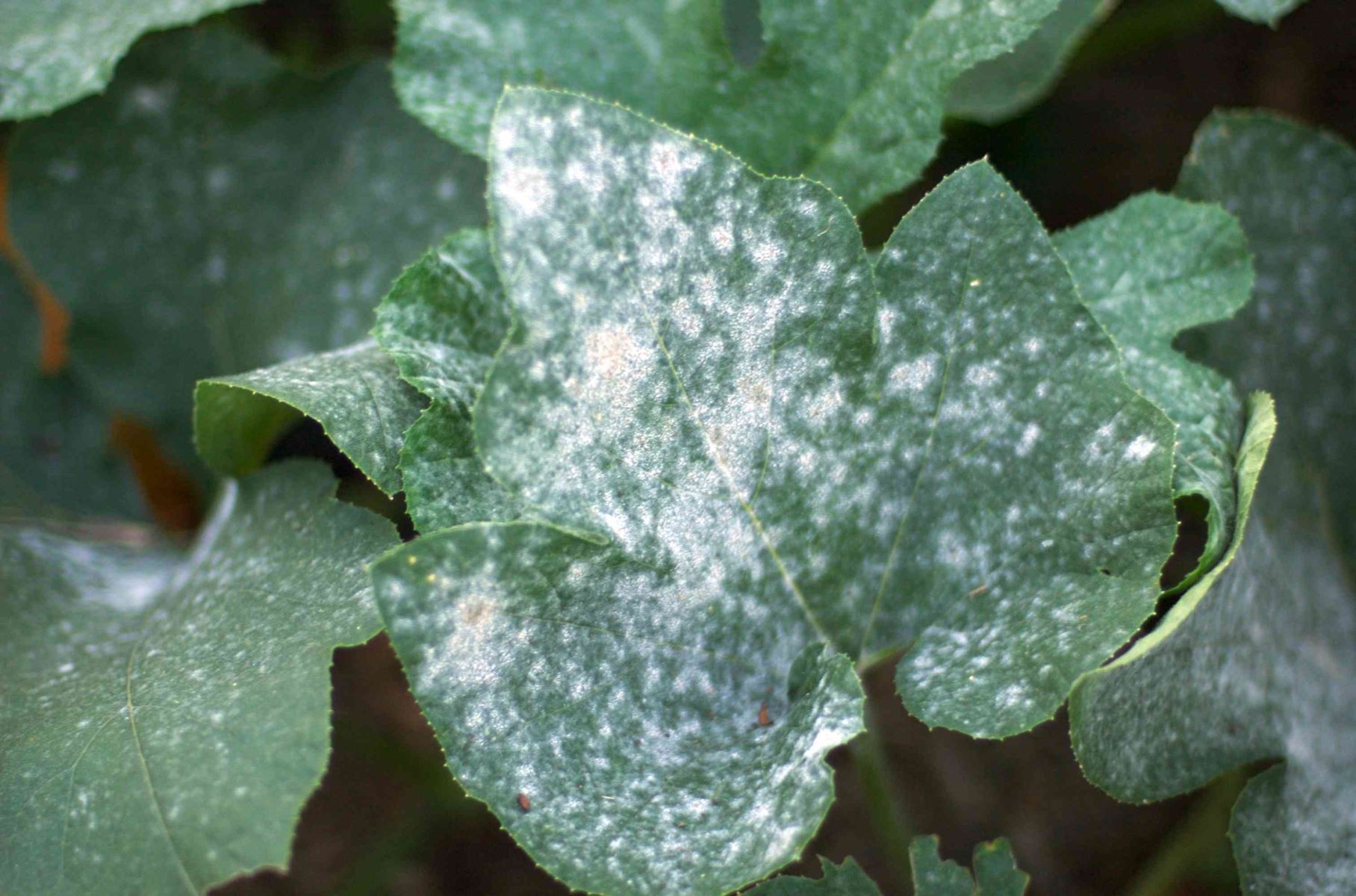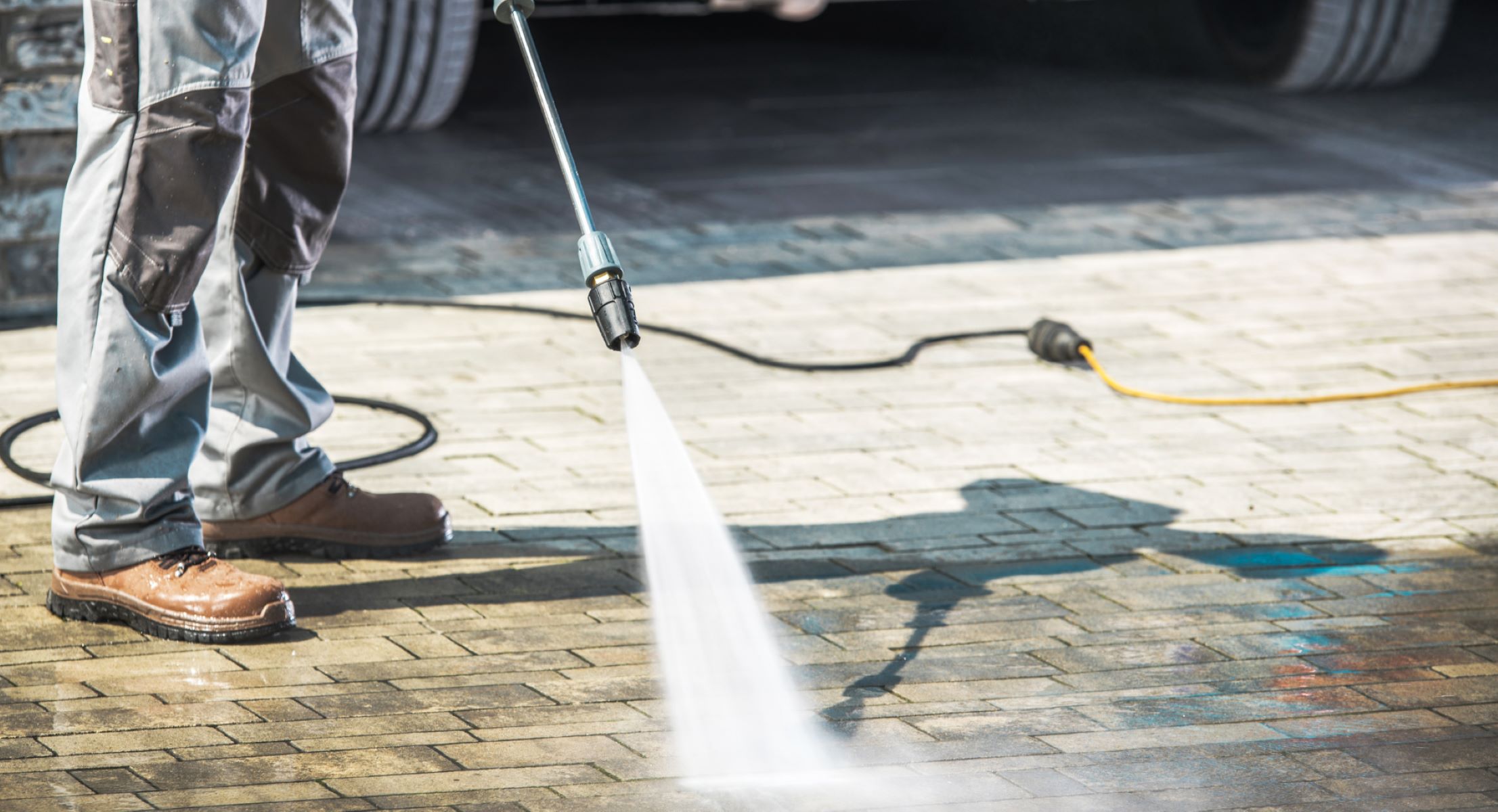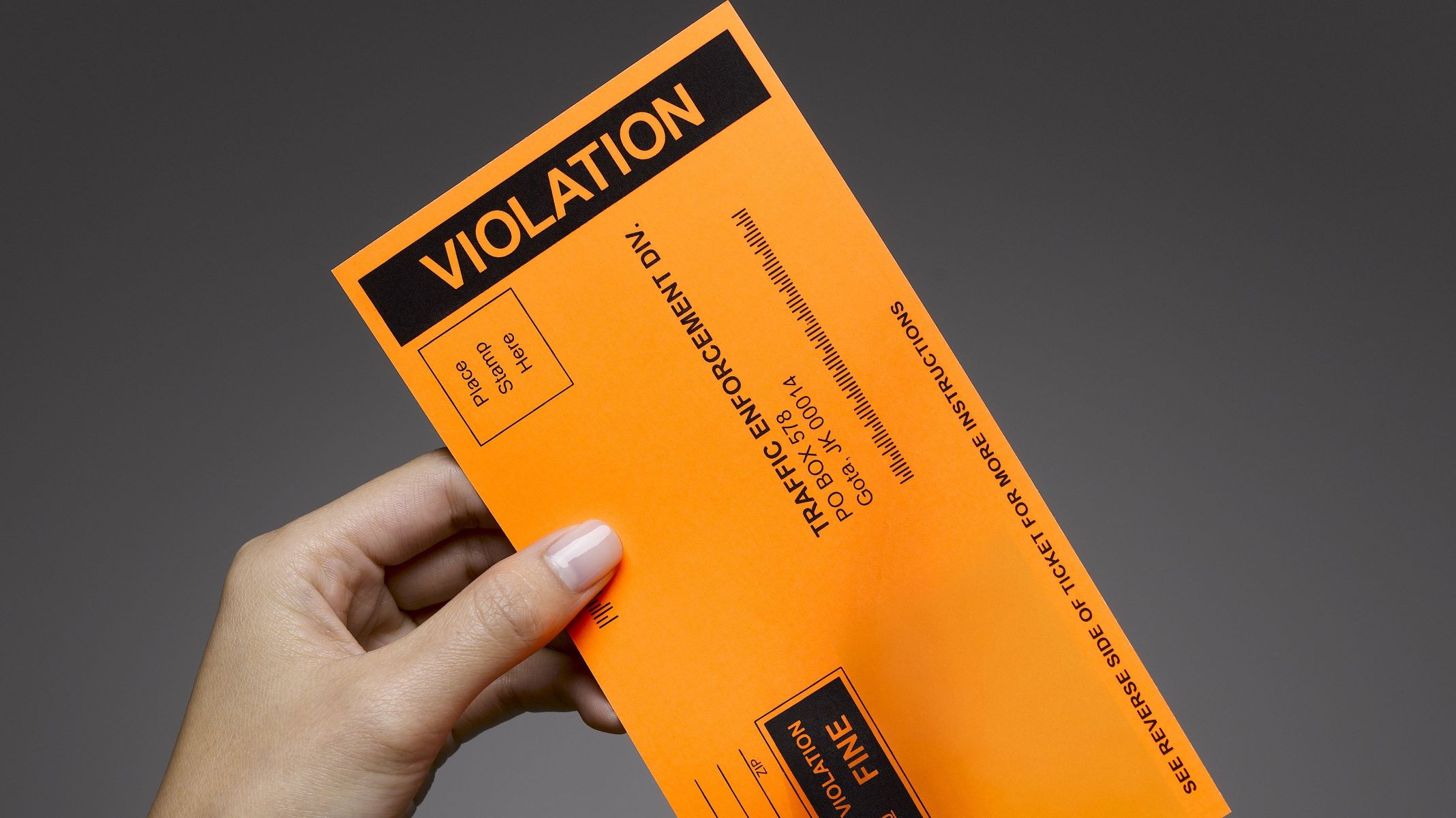Home>Health and Wellness>Shocking Truth: Carpet Beetle Larvae Hairs Lurking In Your Clean Clothes Can Cause Rash!


Health and Wellness
Shocking Truth: Carpet Beetle Larvae Hairs Lurking In Your Clean Clothes Can Cause Rash!
Published: February 7, 2024
Protect your health and wellness from carpet beetle larvae hairs lurking in your clean clothes. Learn how to prevent rashes and stay safe.
(Many of the links in this article redirect to a specific reviewed product. Your purchase of these products through affiliate links helps to generate commission for Regretless.com, at no extra cost. Learn more)
Table of Contents
Introduction
Imagine finding a mysterious rash on your skin, despite your best efforts to maintain a clean and healthy lifestyle. Surprisingly, the culprit might not be what you expect. While we often associate skin irritations with outdoor allergens or contact with certain plants, a lesser-known but equally troublesome source of skin irritation could be lurking right within the confines of our homes. This insidious intruder is the carpet beetle larvae, and its tiny, nearly invisible hairs have the potential to cause a range of uncomfortable skin reactions.
Carpet beetle larvae, often mistaken for harmless household pests, can pose a significant threat to our well-being. These minuscule creatures, the larval stage of carpet beetles, are adept at infiltrating our living spaces, particularly our wardrobes and closets. Their presence in our homes may go unnoticed until we experience unexplained skin irritation, which can be perplexing and distressing.
In this article, we will delve into the shocking truth about carpet beetle larvae and their potential to trigger skin rashes. By understanding the nature of this issue, we can take proactive measures to protect ourselves and our loved ones from the discomfort and frustration caused by these seemingly innocuous pests. Let's embark on a journey to uncover the hidden dangers that may be lurking in our clean clothes and linens, and explore effective strategies to mitigate this often overlooked health concern.
Read more: Can A Belly Punch Cause Food To Be Spit Out?
What are Carpet Beetle Larvae?
Carpet beetle larvae are the immature stage of carpet beetles, small insects belonging to the family Dermestidae. These larvae are notorious for their voracious appetite for natural fibers, such as wool, silk, feathers, fur, and even certain food items. Measuring only a few millimeters in length, these tiny creatures are often mistaken for harmless household pests, leading to their presence being overlooked until they cause noticeable damage.
The appearance of carpet beetle larvae varies depending on their stage of development. In general, they are elongated and covered in tiny hairs, which serve as both a protective mechanism and a key factor in their potential to cause skin irritation. These hairs, known as setae, can easily detach from the larvae and become airborne, making them prone to dispersal and unintentional contact with humans.
Carpet beetle larvae thrive in dark, secluded areas, making our closets, wardrobes, and storage spaces ideal habitats for them to lay their eggs and feed on organic materials. Their ability to infest a wide range of items, from clothing and bedding to upholstery and carpets, makes them a pervasive nuisance in households.
Despite their small size and inconspicuous nature, carpet beetle larvae can have a significant impact on our daily lives. Understanding their characteristics and habits is crucial in recognizing and addressing potential issues related to their presence. By shedding light on the nature of these pests, we can take proactive measures to minimize their impact and safeguard our well-being.
How Do Carpet Beetle Larvae Hairs Cause Rash?
The tiny hairs on carpet beetle larvae, known as setae, play a pivotal role in causing skin rashes and irritations. These microscopic hairs can easily detach from the larvae and become airborne, posing a risk of unintentional contact with human skin. Upon contact, the setae can embed themselves into the skin, leading to a range of adverse reactions.
The setae of carpet beetle larvae are barbed and contain a protein called "dermestidin," which is known to trigger allergic responses in susceptible individuals. When these hairs come into contact with the skin, they can cause mechanical irritation and, in some cases, elicit an immune response. The barbed structure of the setae allows them to penetrate the skin, leading to discomfort and potential allergic reactions.
The skin's natural response to the presence of these foreign particles includes inflammation, redness, itching, and the formation of small, raised bumps. For individuals with sensitive skin or preexisting allergies, the reaction to carpet beetle larvae hairs can be particularly pronounced, resulting in intense itching and discomfort.
Furthermore, the airborne nature of these hairs increases the likelihood of inhalation, which can lead to respiratory irritation and allergic symptoms in some individuals. This underscores the pervasive nature of the potential health impact posed by carpet beetle larvae and their microscopic hairs.
It is important to note that while not everyone may exhibit a reaction to these hairs, individuals with heightened sensitivity or underlying skin conditions are at a greater risk of experiencing adverse effects. The insidious nature of these reactions, often manifesting as unexplained rashes and itching, can make it challenging to pinpoint the cause without a thorough understanding of carpet beetle larvae and their potential to cause skin irritations.
By comprehending the mechanisms through which carpet beetle larvae hairs can trigger skin rashes, we can better appreciate the significance of addressing and mitigating the presence of these pests in our living spaces. Through proactive measures and heightened awareness, we can minimize the risk of skin irritations caused by carpet beetle larvae and create a healthier and more comfortable environment for ourselves and our families.
Signs and Symptoms of Carpet Beetle Larvae Rash
The manifestation of a rash caused by carpet beetle larvae hairs can vary widely among individuals, often presenting as a perplexing and discomforting skin condition. Recognizing the signs and symptoms associated with this type of rash is crucial in identifying the underlying cause and taking appropriate measures to address the issue.
-
Skin Irritation: Upon contact with the tiny hairs of carpet beetle larvae, individuals may experience localized skin irritation, often characterized by redness, itching, and a sensation of discomfort. The affected area may exhibit signs of inflammation, such as warmth and swelling, indicating the skin's response to the presence of foreign particles.
-
Raised Bumps: The skin may develop small, raised bumps or welts, known as papules, in response to the embedded setae. These papules can be itchy and may cause significant discomfort, leading to a persistent urge to scratch the affected areas.
-
Redness and Inflammation: The skin in contact with the carpet beetle larvae hairs may become visibly red and inflamed, signaling an inflammatory response. This redness can extend beyond the immediate area of contact, indicating the potential for widespread skin irritation.
-
Itching and Discomfort: One of the hallmark symptoms of a carpet beetle larvae rash is intense itching. The presence of the microscopic hairs can trigger a persistent and aggravating itch, leading to significant discomfort and a desire to alleviate the sensation through scratching.
-
Respiratory Irritation: In cases where the setae become airborne and are inhaled, individuals may experience respiratory irritation, leading to symptoms such as coughing, sneezing, and a sensation of throat irritation. These respiratory symptoms can accompany or precede skin manifestations, adding to the complexity of identifying the source of the discomfort.
-
Delayed Onset: It is important to note that the onset of symptoms may be delayed, with individuals experiencing skin irritation and rashes hours or even days after initial contact with the carpet beetle larvae hairs. This delayed onset can make it challenging to immediately attribute the symptoms to the presence of these microscopic irritants.
By being attentive to these signs and symptoms, individuals can gain valuable insights into the potential impact of carpet beetle larvae hairs on their skin and respiratory health. This heightened awareness enables timely intervention and the implementation of preventive measures to minimize the risk of exposure and associated discomfort.
Understanding the signs and symptoms of a carpet beetle larvae rash empowers individuals to take proactive steps in safeguarding their well-being and creating an environment that is free from the insidious effects of these seemingly innocuous pests. Through heightened awareness and informed action, individuals can mitigate the risk of skin irritation and respiratory discomfort caused by carpet beetle larvae and foster a healthier living space for themselves and their families.
Prevention and Treatment
Preventing and addressing the potential skin irritations and respiratory discomfort caused by carpet beetle larvae requires a multifaceted approach that encompasses proactive measures, thorough hygiene practices, and targeted treatments. By implementing effective prevention strategies and considering appropriate treatment options, individuals can mitigate the risk of encountering the adverse effects of these microscopic pests and create a safer living environment.
Prevention
-
Regular Cleaning: Regular and thorough cleaning of living spaces, particularly closets, wardrobes, and storage areas, is essential in minimizing the presence of carpet beetle larvae. Vacuuming carpets, upholstery, and other fabric-covered items can help remove potential food sources and larvae, reducing the risk of infestation.
-
Storage Practices: Proper storage of clothing, linens, and other susceptible items is crucial in preventing infestations. Sealing clothing in airtight containers or garment bags can limit the larvae's access to organic materials, reducing the likelihood of skin irritation caused by their hairs.
-
Natural Repellents: The use of natural repellents, such as cedar blocks or lavender sachets, can deter carpet beetles and larvae from infesting clothing and linens. These natural remedies offer a fragrant and effective means of protecting items from potential damage and minimizing the risk of skin irritation.
-
Sunlight Exposure: Allowing clothing and linens to receive adequate sunlight exposure can help deter carpet beetle larvae. Sunlight has natural disinfectant properties and can inhibit the growth of larvae, contributing to a cleaner and less hospitable environment for these pests.
Treatment
-
Skin Care: In the event of skin irritation or a rash caused by carpet beetle larvae hairs, gentle cleansing of the affected area with mild soap and water can help alleviate discomfort. Avoiding further contact with the irritants and refraining from scratching can aid in preventing exacerbation of the symptoms.
-
Topical Treatments: Over-the-counter anti-itch creams and lotions, containing ingredients such as calamine or hydrocortisone, can provide relief from itching and soothe the skin. These topical treatments can help manage the discomfort associated with carpet beetle larvae rashes, promoting healing and alleviating symptoms.
-
Consultation with Healthcare Professionals: Individuals experiencing persistent or severe skin reactions to carpet beetle larvae hairs should seek medical advice. Dermatologists and allergists can offer specialized guidance and recommend appropriate treatments to address the specific nature of the skin irritations.
-
Environmental Control: Addressing the presence of carpet beetle larvae in living spaces may require professional pest control services. Implementing targeted measures to eliminate larvae and prevent infestations can contribute to a healthier home environment and reduce the risk of recurrent skin irritations.
By integrating these preventive measures and treatment approaches, individuals can proactively safeguard themselves against the potential skin irritations and respiratory discomfort associated with carpet beetle larvae. Through a combination of vigilant hygiene practices, targeted treatments, and environmental management, individuals can create a home environment that is resilient against the insidious effects of these microscopic pests, fostering a healthier and more comfortable living space.
Conclusion
In conclusion, the presence of carpet beetle larvae and their potential to cause skin rashes and respiratory discomfort underscores the importance of understanding and addressing this often overlooked health concern. The microscopic hairs, or setae, of these tiny pests can lead to a range of adverse reactions, from localized skin irritation and itching to respiratory discomfort, posing a significant challenge to individuals striving to maintain a healthy and comfortable living environment.
By recognizing the signs and symptoms of a carpet beetle larvae rash, individuals can gain valuable insights into the potential impact of these pests on their well-being. The manifestation of redness, itching, raised bumps, and respiratory irritation serves as a clear indication of the insidious effects of these seemingly innocuous pests. The delayed onset of symptoms further complicates the identification of the underlying cause, emphasizing the need for heightened awareness and proactive measures.
Prevention and treatment strategies play a pivotal role in mitigating the risk of encountering the adverse effects of carpet beetle larvae. Regular cleaning, proper storage practices, and the use of natural repellents offer effective means of preventing infestations and minimizing the presence of these pests in living spaces. Additionally, targeted skin care, topical treatments, and environmental control measures provide avenues for addressing skin irritations and managing the impact of these microscopic irritants.
By integrating these multifaceted approaches, individuals can create a home environment that is resilient against the potential health impact of carpet beetle larvae. The implementation of these strategies not only safeguards against skin irritations and respiratory discomfort but also fosters a sense of well-being and comfort within the home.
In the pursuit of a healthy living environment, it is essential to remain vigilant and informed about potential threats, no matter how inconspicuous they may seem. Through heightened awareness, proactive measures, and informed action, individuals can effectively mitigate the risk posed by carpet beetle larvae and create a space that promotes their well-being and comfort.
In essence, by shedding light on the hidden dangers that may be lurking in our clean clothes and linens, we can empower ourselves to take proactive steps in safeguarding our health and well-being, ensuring that our living spaces remain havens of comfort and tranquility.














